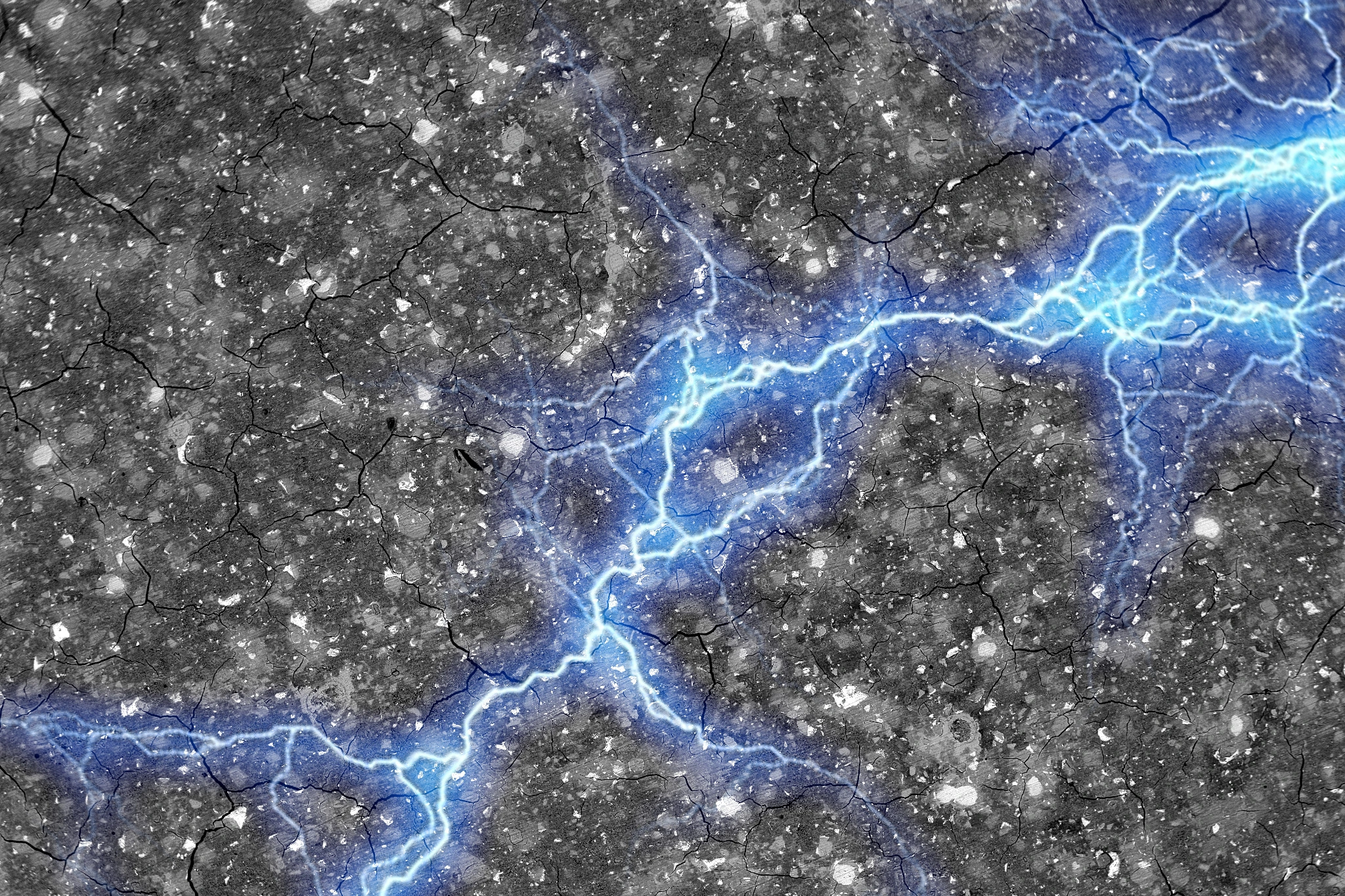Why the water isn’t killing the fire?
Could be anything from sodium to calcium carbide to fluorine. :) Sodium makes hydrogen with water, carbide makes acetylene with water, and flouride just oxidizes water by grabbing hydrogen away from oxygen.
If the character’s plan is to try fascism next, I think they’re into fairly agressive substances. :P














It would not exclude clear differentiation, however. :)
Just like a chatbot posting on social media can add a message footer “this content was posted by a robot” to a fluent and human-like message, a humanoid robot, while having human form, can clearly identify itself as a robot.
Personally, I think such a design requirement is higly reasonable on social media (as a barrier or action threshold against automated mass manipulation) but probably also in real life, if a day comes when human-like robots are abundant.